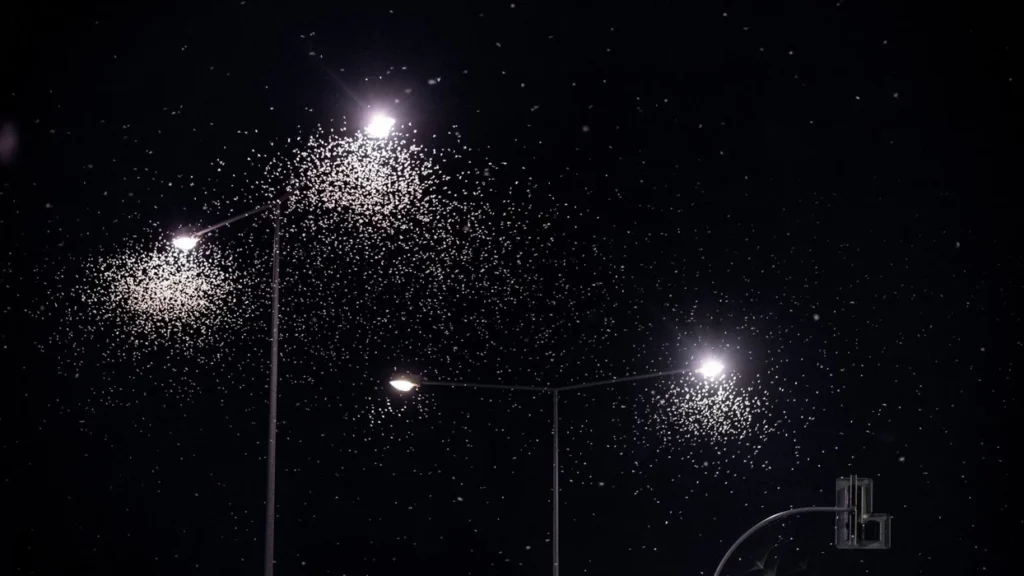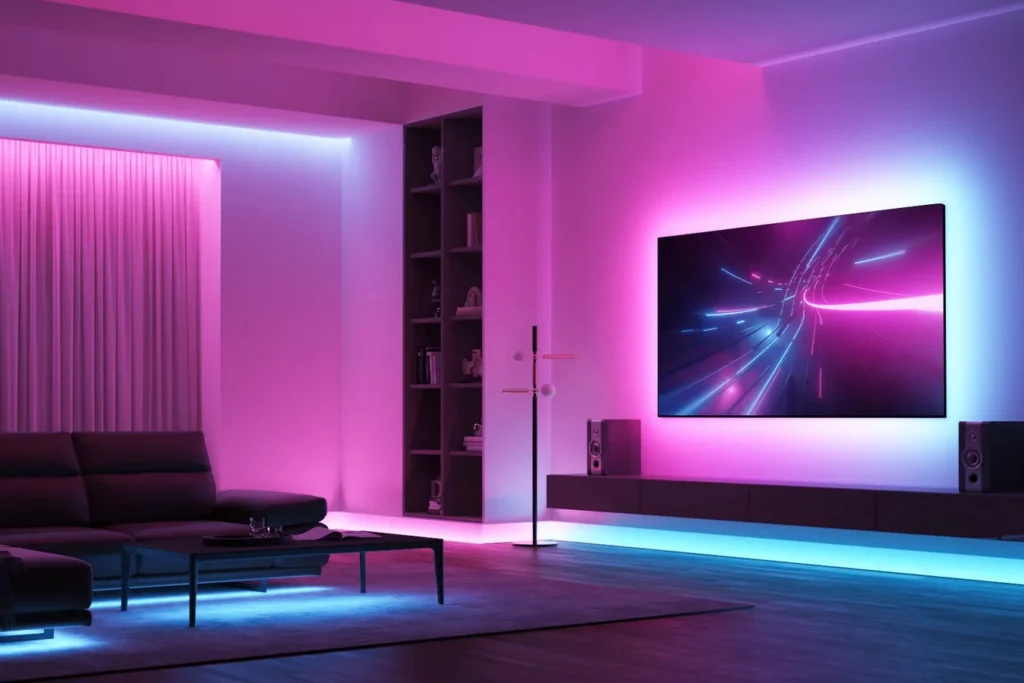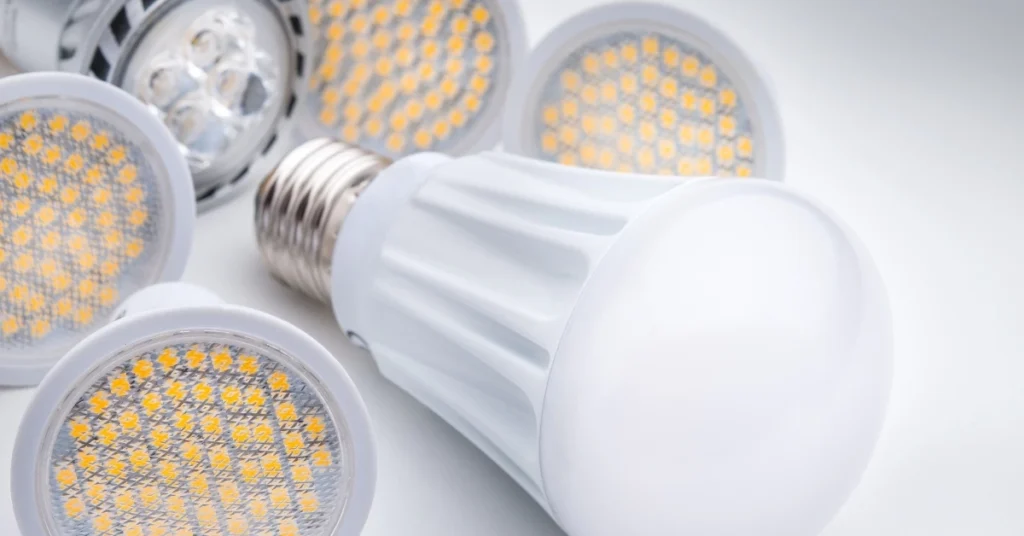RHYME was shown in 2015 Hong Kong Int’l Lighting Exhibition – Spring Edition, for LED high bay/flood Lighting and harvested the good response. We discussed with professional customers. They are satisfied with our design and quality .We appreciated for everyone’s support and affirmation .As a big company which developed into a set of development, manufacturing, sales and services as one of the enterprises using advanced technology, RHYME will make unremitting efforts to keep abreast with the timesand press ahead with continued reform. We’ll provide much more and better products for you in the 2015 Honh Kong Spring Exhibition.

RHYME provides products with certification ,such as UL,DLC,RoHs and so on.A great crowd were attracted by the RHYME booth. Our oversea and domestic sales carefully answer every visitor’s problems with professional led high bay light knowledge.
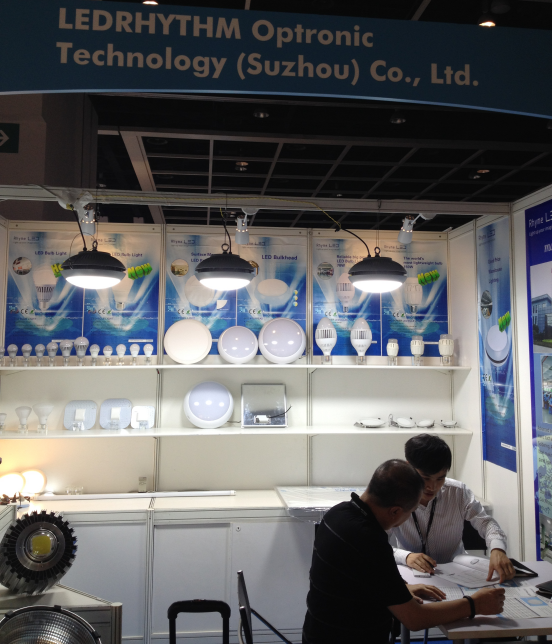
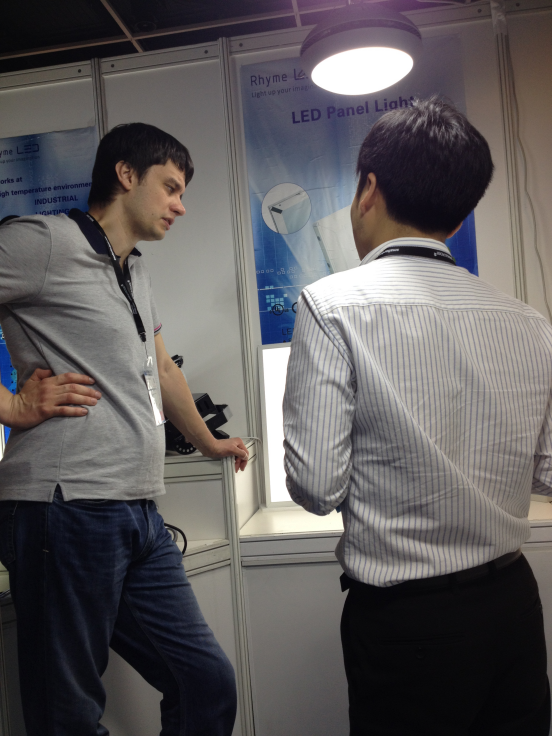
Now, on behalf of all RHYME members appreciate for the cooperative partner who grew up with us. Just because you accompany with us, RHYME will be more splendid in the future.





